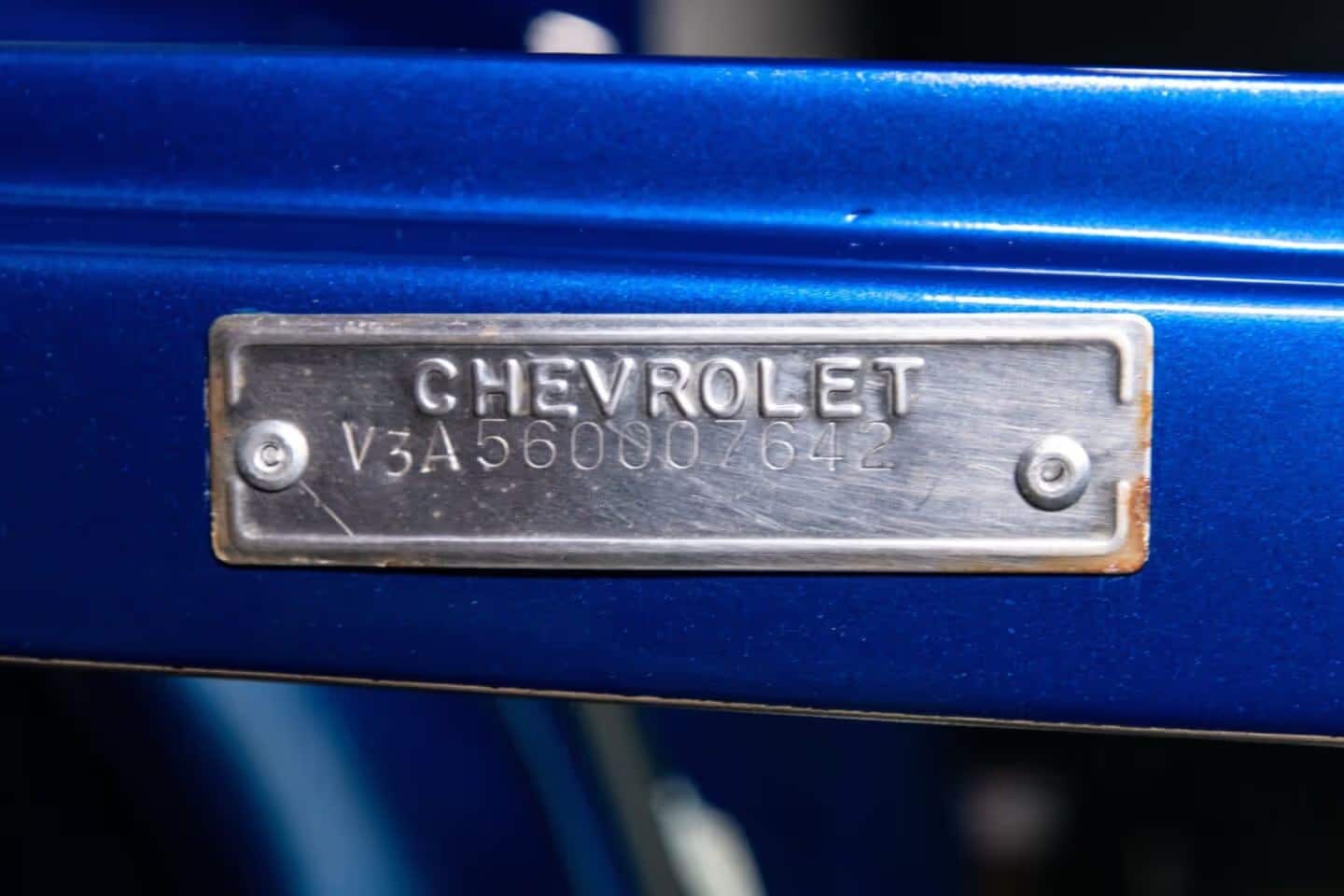How to Decode Serial Numbers on Classic American Cars
 Understanding the Vehicle Identification Number (VIN) on Classic Cars
Understanding the Vehicle Identification Number (VIN) on Classic Cars
The Vehicle Identification Number (VIN), or serial number, is a unique alphanumeric code that allows you to trace the history, original specifications, and authenticity of a classic car. Before the standardization of the 17-character VIN system in 1981, each manufacturer used its own numbering formats, often stamped or riveted on metal plates at various locations on the vehicle.
Where to Find the Serial Number on a Classic Vehicle
On American, British, German, or Japanese vintage cars, the serial number may appear in several forms:
- Metal plaques riveted on the driver’s door or door jamb

- Stamped numbers on the dashboard visible through the windshield

- Identification plates under the hood or in the engine compartment


- Plates specific to British models (e.g., MG, Triumph)

- Stamped numbers on the body sheet metal in the engine compartment or frame rails

Examples of Interpretation
- A Ford American model plate displays important details such as body code, color, production date, and serial number. This plaque is a key source for decoding the car’s origin and exact build configuration.
- On models like the Chevrolet Camaro or Ford Mustang, the VIN stamped on the dashboard helps verify model, engine, and manufacturing plant.
- European and Japanese classics also feature identification plates, though their position varies—on the door jamb, under the hood, or near the radiator.
Why Properly Reading the Serial Number Matters
- Confirm “matching numbers” authenticity
- Verify consistency with registration and documentation
- Determine rarity and value for buying, selling, or appraising
- Identify the vehicle in case of theft or dispute
- Understand the original configuration during restoration
Practical Tips
Use marque clubs, archives, or specialized databases to decode manufacturer- and era-specific details.
Always check the serial number at multiple points (chassis, manufacturer plate, engine). Any discrepancies may indicate tampering or restoration changes.
Document the number and plate with photos for the vehicle’s historical file.

